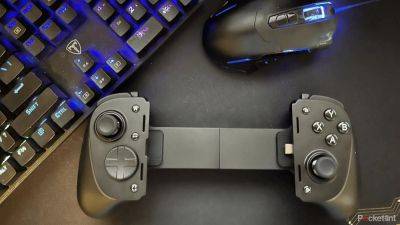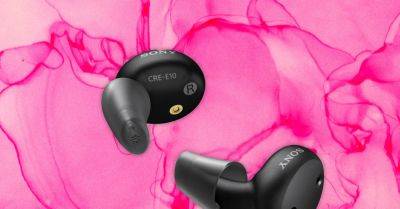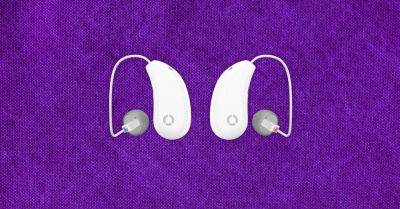Review: Ceretone Core One OTC Hearing Aids
Indiegogo-backed Ceretone is yet another hearing aid company aimed at people looking for a low-cost, low-complexity way to give their hearing a boost. At $349 for a pair—or $229 for a single ear’s aid—the tiny hearing aids are designed to have only a modest impact on hearing. Fortunately, they also make an equally modest impact on the wallet.
The first thing you’ll notice about the Core One is how small the hearing aids are. I weighed them at 0.96 grams each (with a small ear tip), which makes them perhaps the smallest aids I’ve tested to date—just a hair lighter than the Sony CRE-C10. The glossy white aids slip entirely into the ear canal, with only the recovery thread sticking out a few millimeters for retrieval. Unless you closely examine your ears, they are functionally invisible.
Out of the ear, they’re not so unobtrusive. Color-coded, cone-shaped ear tips (one blue, one red) provide a somewhat garish indication of which aid goes where. Only six ear tips, a pair of each in three sizes, are included in the box—although Ceretone also sent some clear tips on the side which I found a bit more comfortable. All of Ceretone’s ear tips are considered “closed” domes, which created a moderately distorted, echolike effect in my testing. At the very least, a broader selection of ear tips, including open domes that are more appropriate for users with mild hearing loss, would help to improve audio fidelity.
<native-ad position=«in-content» shoulddisplaylabel=«true»></native-ad>
Echo aside, I found the Core One experience to be initially a little rocky, primarily owing to significant, screeching feedback whenever I touched the aids or the recovery thread in the slightest. While the amplification impact was readily apparent, the aids were hampered by this high-pitched interference. This was further exacerbated by problems getting the aids seated in my ears properly. It may not look like it at first, but there is a “right side up” to these aids, as the recovery thread is meant to angle downward out of the ear canal. I found this surprisingly hard to achieve owing in part to the small size of the aids, which resulted in me constantly having to fiddle with them.
The Core One







